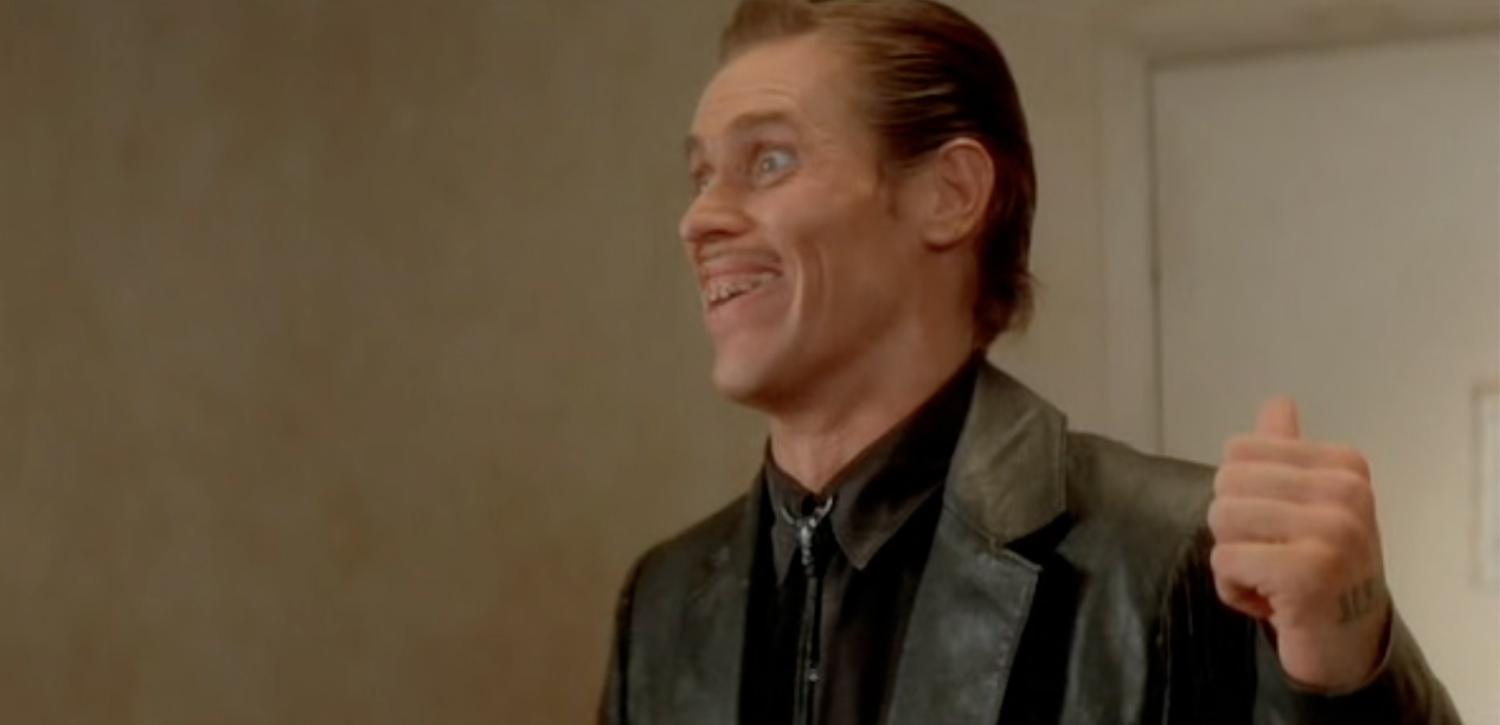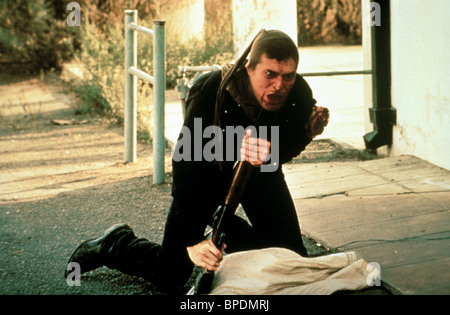


Why is that? Like many of Lynch’s movies, Wild at Heart is difficult to watch in a number of ways.

But, European-award winner though it may be, Wild at Heart seems today to enjoy the least goodwill of any of Lynch’s golden age works. From Blue Velvet to Wild at Heart to “Twin Peaks,” Lynch enjoyed about a seven-year stint as one of the preeminent auteurs in American film. He did it in mere months, and the result captured him the Palme d’Or, one of the world’s highest film prizes, at the 1990 Cannes Film Festival.įew directors ever get such a streak of highly-praised successes. Reportedly, Lynch loved his own adaptation so much that he decided to make the movie himself. A producer buddy who wanted to turn Barry Gifford’s novel Wild at Heart: The Story of Sailor and Lula into a film asked Lynch to do the screenplay. He had just written and directed the pilot episode of what was to become perhaps his signature work, the soon-to-be hit TV series “Twin Peaks,” and so, having worked in the big leagues of the film world for 10 years, being hailed as a genius and suffering enough ups and downs to fill a lesser director’s entire career, Lynch was looking for something new. By 1989, David Lynch had already come back from the artistic and commercial flop that was Dune (1984) with Blue Velvet (1986), his highly-regarded nightmare vision of small town America.


 0 kommentar(er)
0 kommentar(er)
